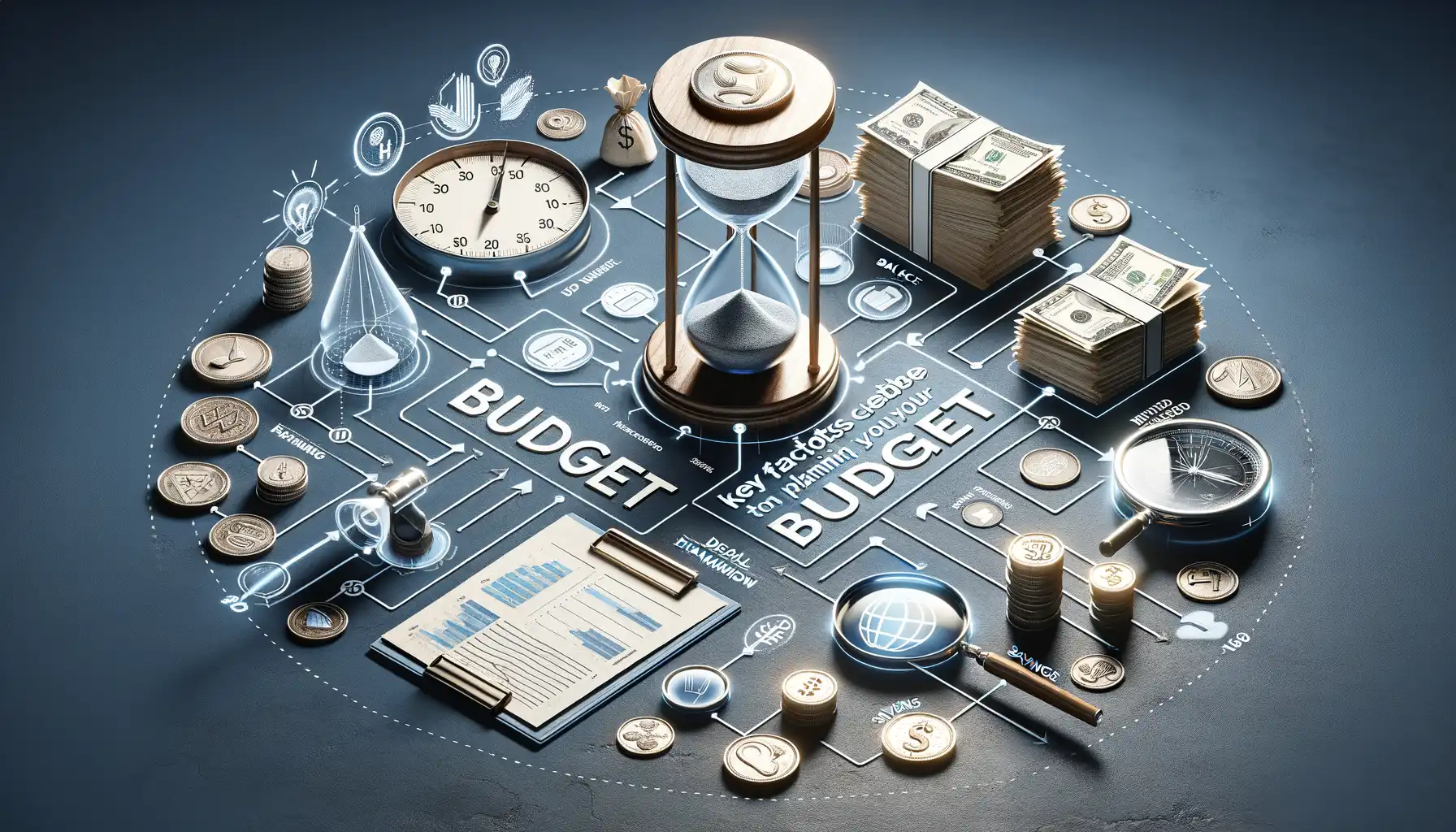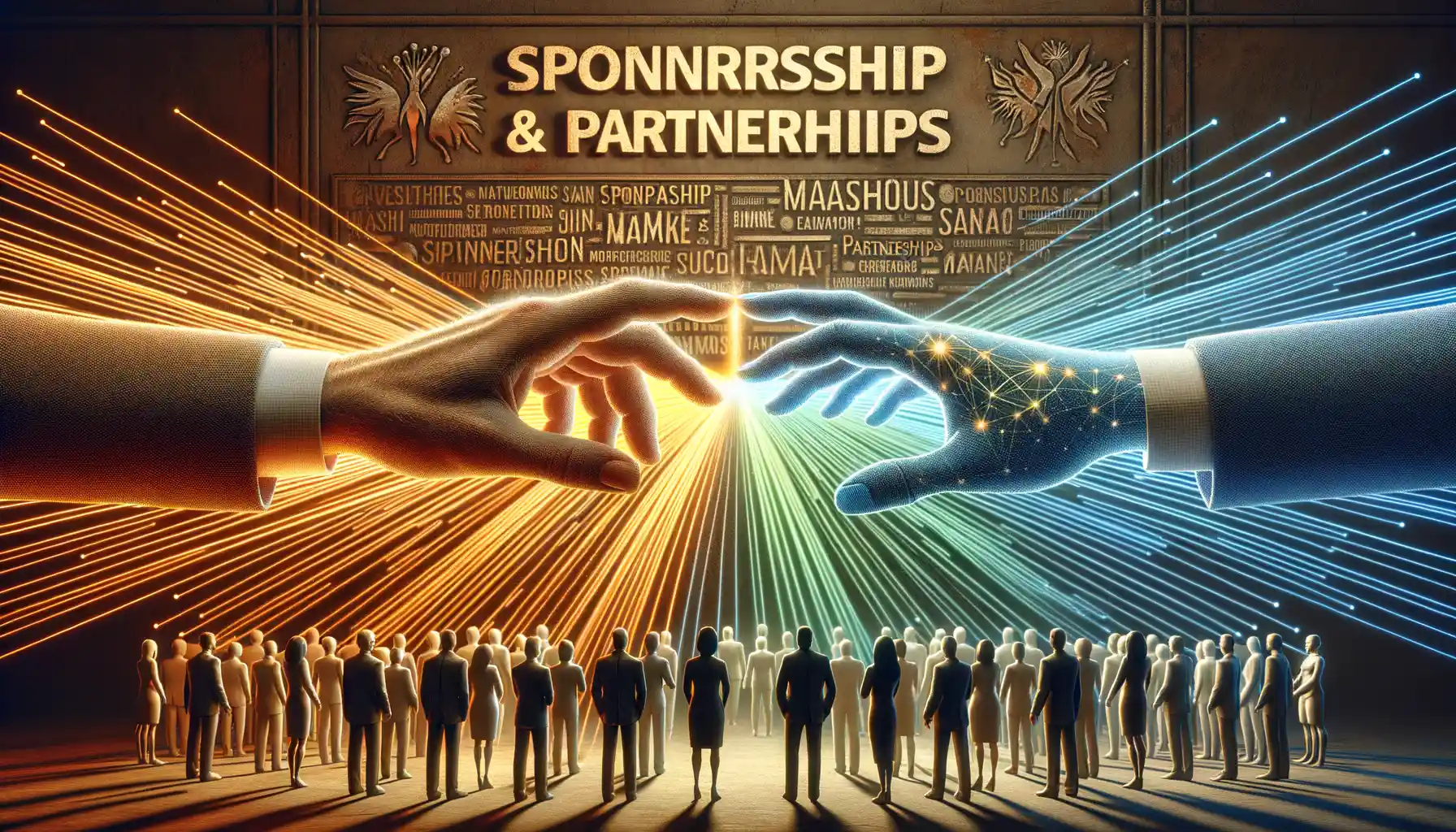Understanding the Basics of Large-Scale Event Budgeting
Why Your Event Budget Is the Backbone of Success
Planning a large-scale event is like orchestrating a symphony—every expense is a note, and your budget is the sheet music keeping it all in harmony. Without it, chaos creeps in quickly. A solid understanding of event budgeting helps you make choices that feel less like guesswork and more like confident decisions.
Start by categorizing your expenses into clear sections. Think of these as puzzle pieces that come together to form the full picture:
- Venue and logistics (rental fees, insurance, permits)
- Production costs (lighting, sound, staging)
- Guest experience (catering, entertainment, swag bags)
- Marketing/promotions (advertising campaigns, social media, printed materials)
Remember, every dollar serves a purpose—whether it’s dazzling attendees with a jaw-dropping performance or simply turning the lights on at your venue.
Building Flexibility Into Your Financial Plan
Here’s the truth: no matter how detailed your plans are, surprises will happen. Vendors may increase rates, emergencies can arise, or sudden opportunities might tempt you (like booking that dream keynote speaker). For this reason, building a “just-in-case” buffer, often 10-15% of your total budget, isn’t just smart—it’s survival.
And don’t forget: track everything. A small spreadsheet detailing each payment, cost category, and deadline becomes your best friend—and the thing that saves you from sleepless nights wondering if you’ve overlooked something crucial.
Key Factors to Consider When Planning Your Budget

Pinpointing the Crucial Costs
Creating a budget for a large-scale event is like building a house—you need a solid foundation. Start by mapping out your **non-negotiables**. These are the must-haves that will make or break your event. Think of essentials like venue fees, permits, and insurance. Without these, it’s like trying to host an outdoor wedding without checking the weather forecast!
Then, dig deeper. Will you need professional lighting to dazzle your audience? A robust sound system? These aren’t just “extras”; they’re the heart and soul of your event’s atmosphere. And don’t forget labor costs—staff, set-up crews, tech teams—they often fly under the radar but can gobble up a good chunk of cash.
- Venue & Rentals: Chairs, tables, staging—don’t overlook the little things!
- Tech & Production: Visuals, audio, livestream capabilities (for hybrid events).
- Permits: Yes, even the boring paperwork matters.
Preparing for Surprise Expenses
Here’s a truth bomb: unexpected costs will emerge. Maybe the caterer needs additional equipment, or bad weather forces you to rent a tent last minute! The best way to safeguard your budget is simple: carve out a **contingency fund**. Ideally, allocate 10-20% of your total budget to this fund—it’s your financial safety net when Murphy’s Law strikes. Think of it as inviting a magician to your event: suddenly, every problem has a disappearing act.
Also, try to identify where costs might balloon. For instance, if your event spans multiple days, lodging and travel for staff might quietly escalate without warning. Strategize now to avoid playing catch-up later.
Strategies for Cost Control and Optimization

Pinpointing Hidden Budget Drains
Ever felt like your budget is leaking money in places you can’t see? Large-scale event planning is often about uncovering those sneaky costs that hide in plain sight. For example, last-minute overtime charges for staff or overlooked transportation fees can balloon your expenses overnight. A proactive approach? Conduct a full cost audit before your event: dive into contracts, cross-check vendor invoices, and don’t hesitate to question any ambiguous charges with a fine-tooth comb. You’d be surprised how often small tweaks lead to big savings.
One trick seasoned planners swear by? Create a “buffer fund” of 5-10% within your budget to cushion those unplanned surprises. This way, when something unexpected pops up—like extra chairs for a suddenly larger VIP section—you’re ready to handle it without breaking a sweat (or the bank).
Smart Ways to Trim Without Sacrificing Quality
Cutting costs doesn’t mean cutting corners. In fact, some strategic adjustments can elevate the entire experience while saving you money. Consider these options:
- Bundle services: Many vendors offer discounts if you book multiple services with them. AV equipment and lighting from the same supplier? Double the convenience, half the cost!
- Revisit your guest list: Focus on quality over quantity. By trimming down attendees, you’ll slash catering, venue, and seating costs while ensuring a more exclusive experience.
- DIY where it counts: Think custom signage, program designs, or centerpieces. Enlist creative team members or volunteers to add a personal touch.
And finally, don’t forget the magic of negotiation. Vendors expect some haggling—don’t leave money on the table by accepting their first offer.
Maximizing Value Through Sponsorship and Partnerships

Transforming Allies into Assets
Imagine this: your event is a grand symphony, but to make it truly unforgettable, you need the finest musicians to play alongside you. Enter sponsorship and partnerships – your star players who amplify your stage presence while sharing the spotlight.
When approaching potential sponsors, think of their goals as puzzle pieces that fit into your event’s vision. Are they looking for brand exposure, product demonstrations, or meaningful customer interactions? Show them not just how their logo will appear on a banner, but how it’ll resonate with your audience’s hearts. A creative pitch goes a long way – like offering a food sponsor the opportunity to host interactive tastings at the event.
- Offer exclusivity perks: “Official Beverage Partner” has a nice ring to it!
- Think beyond money – equipment, manpower, and expertise can be game-changers.
- Co-create content: Sponsored workshops or giveaways add value for everyone involved.
Nurturing Win-Win Relationships
Sponsorships aren’t just about the “ask.” Treat them as collaborations that extend beyond the event itself. Do you know what excites these brands? Engagement, loyalty, and authentic connections. Give partners a front-row seat in the planning process and let them help shape the experience.
For example, if a tech company partners with you, brainstorm ways to integrate their tools—perhaps an app for attendees to navigate your event! This isn’t just plugging a logo; it’s weaving their story into the fabric of the audience journey.
Remember, partnerships thrive on reciprocity. Send personal thank-yous, share social media shoutouts, and shine the spotlight on their contributions post-event. It’s not just business—it’s building trust for long-term growth.
Post-Event Financial Analysis and Lessons Learned

Unpacking the Numbers: Where Did the Money Go?
Once the dust has settled and the last attendee has left, it’s time to dive into the treasure chest of numbers and dig out your event’s financial story. This is where the magic happens—or the lessons emerge. Start by examining your budget vs. actual spending. Did that sleek AV equipment eat up more than you thought? Was catering surprisingly under budget? Look for patterns, surprises, and those sneaky costs that caught you off guard.
Here’s a quick checklist to guide your analysis:
- Review invoices for unexpected charges or hidden fees.
- Compare vendor expenses across similar services—were you overpaying on one end?
- Identify areas of overspending: Could next year’s promotion go digital instead of print?
Then consider the outcomes relative to your investment. For example, if you spent big on entertainment, did it deliver in buzz and attendee delight?
Your Financial Debrief: A Goldmine for Future Planning
This isn’t just bookkeeping—it’s storytelling with numbers. Use your findings to create actionable insights: Are there vendors you’d avoid or a hidden superstar worth securing again? And don’t forget to document those moments of brilliance, like the creative way you saved on décor by using localized, sustainable options. These reflections will shape your strategy for future events, ensuring you’re not only wiser but sharper—and perhaps a little braver next time.





